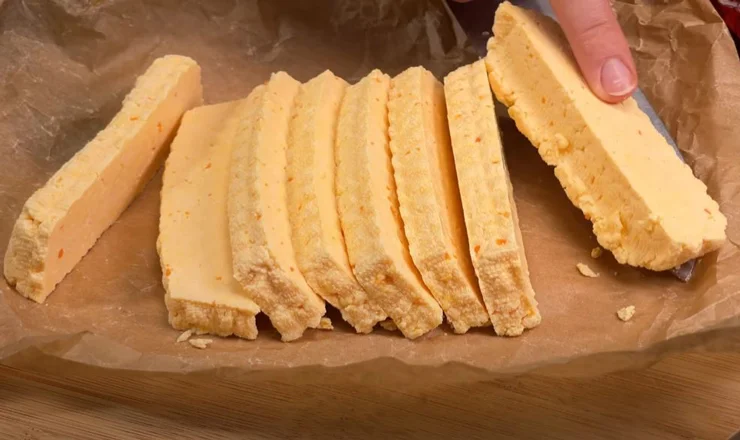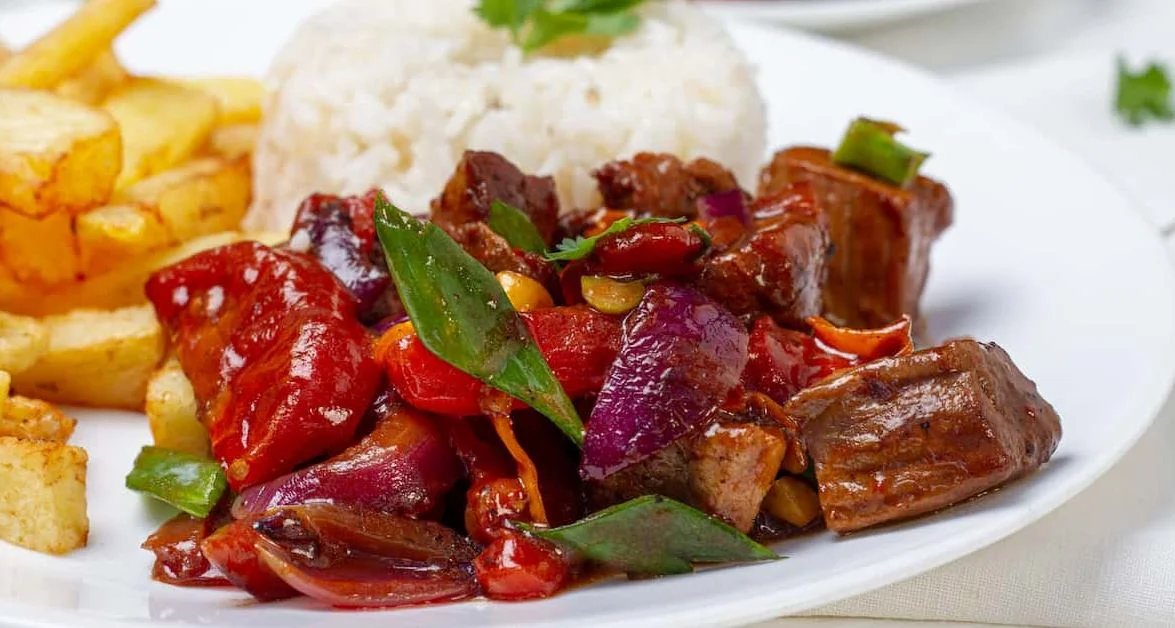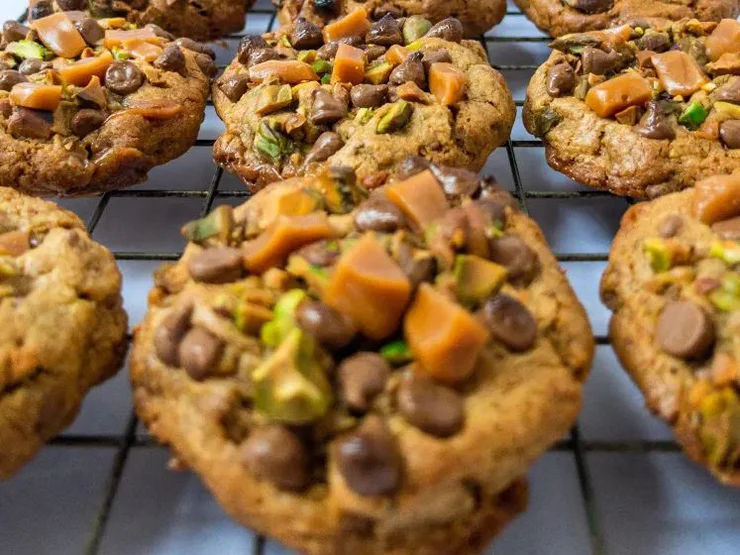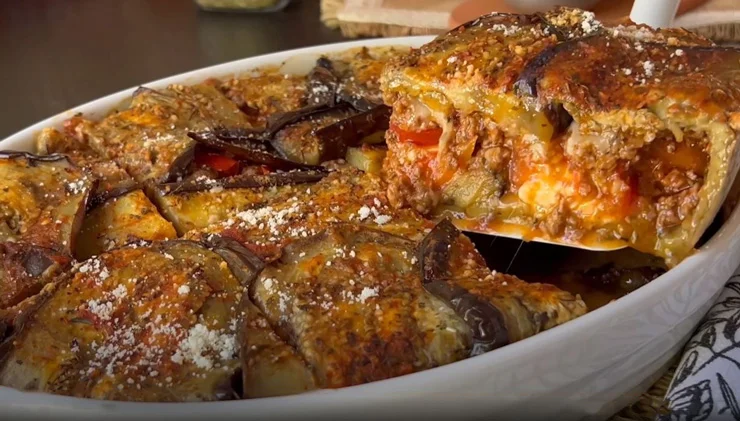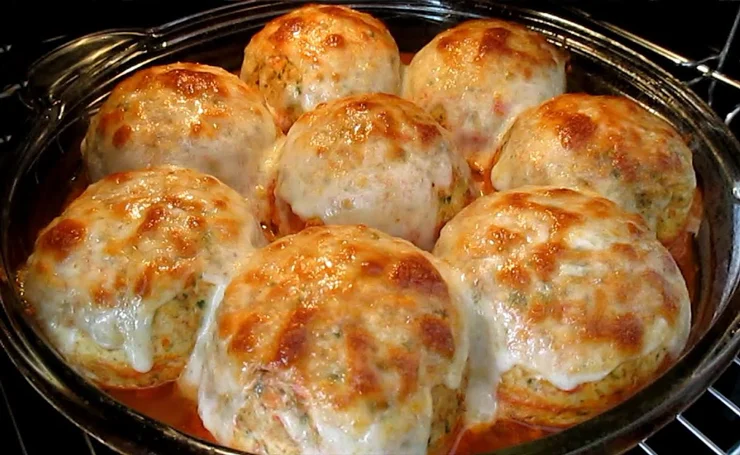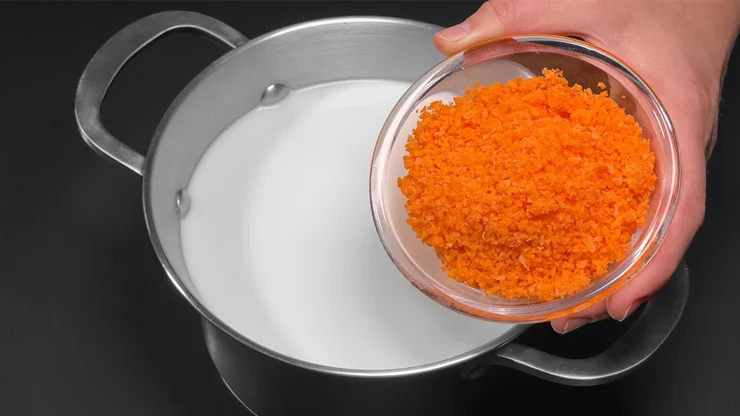
Just mix milk and carrots, and you have an incredibly delicious homemade cheese! You will be surprised when you learn the cooking recipe because its simplicity and lightness must shock! Anyone can safely repeat this recipe, so you can treat everyone to your carrot and milk cheese! But how do you cook properly? To find the answer to this question, keep on reading to learn how to make delicious cheese at home!
Instructions
- Heat the milk: Gently warm the milk in a pot over medium heat until it’s hot but not boiling. Keep an eye on it to avoid scorching.
- Prepare the carrots: Wash and peel the carrots. Grate them finely using a box grater or pulse them in a blender until finely chopped. Squeeze out as much juice as possible from the grated carrots, reserving both the juice and the pulp.
- Combine the ingredients: In a separate bowl, whisk together the sour cream, eggs, and salt. Once the milk is hot, slowly whisk in the carrot juice, followed by the egg mixture. Stir continuously to prevent curdling.
- Curdle the mixture: Bring the mixture to a gentle boil, stirring occasionally. You’ll see the milk start to curdle and separate into white curds and whey (liquid).
- Strain the curds: Line a colander with cheesecloth and set it over a bowl. Carefully pour the curdled mixture into the cheesecloth. Let it drain for 10-15 minutes, allowing the whey to separate further.
- Form the cheese: Gather the cheesecloth edges to form a pouch around the curds. Gently squeeze out any remaining whey. Transfer the curds to a mold or small bowl, pressing down lightly with a spoon or spatula. If desired, place a weight on top to further press and compact the cheese.
- Chill and enjoy: Refrigerate the cheese for at least 3-4 hours, or overnight for a firmer texture. Once chilled, remove the cheese from the mold (if used) and discard the cheesecloth. Your carrot “cheese” is ready to enjoy!
Tips
- For a smoother texture, blend the curds briefly in a food processor before chilling.
- Add chopped herbs like dill or parsley to the curds for an extra flavor boost.
- Experiment with different spices like garlic powder, onion powder, or paprika to create unique flavor variations.
- While this recipe calls it “cheese,” it’s technically not cheese as it doesn’t use rennet and doesn’t undergo the same aging process. However, it has a similar creamy texture and tangy flavor that makes it a delicious and versatile substitute.
Enjoy this unique and fun recipe that proves deliciousness can come from unexpected sources!

